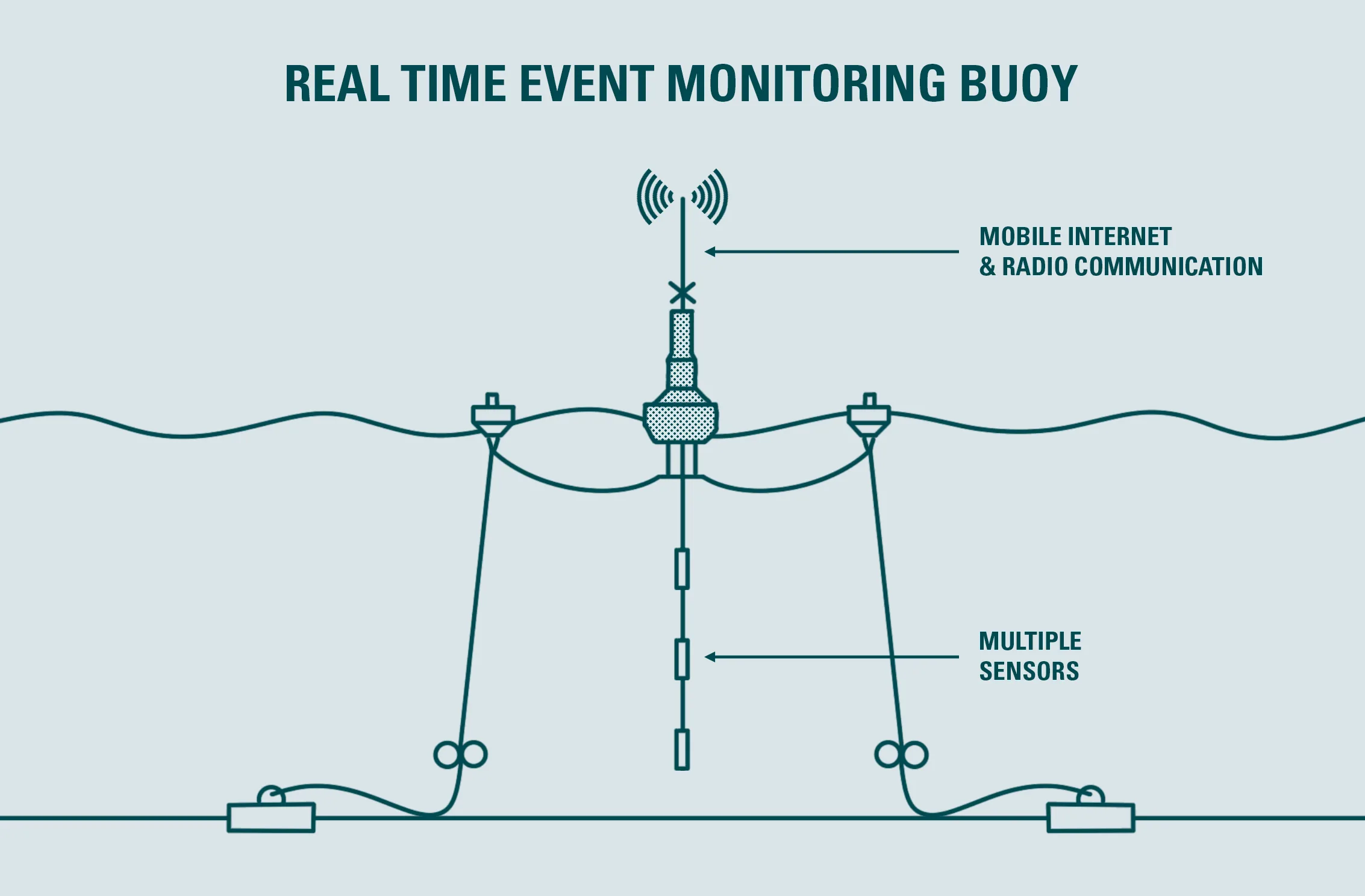Harmful algal blooms (HABs) are a present issue for coastal communities and fisheries alike. Is this a new problem? Not particularly, but global warming has made the issue more prevalent in recent years. Changes in weather patterns and rising sea temperatures have contributed to an overall increase in HAB activity.
With the increased risk of HABs, scientists have been attentive in developing technology to support the early detection of HABs, completely reshaping the way we monitor water quality.
What are Harmful Algal Blooms?
HABs occur when microscopic algae, cyanobacteria and species with silicate outer shells rapidly begin to multiply. As a result, the water becomes coloured, and dangerous toxins can be released.
There are numerous variations of these bacteria’s and while some are harmless, others can be toxic to marine life and disrupt the balance of aquatic ecosystems.
How do Harmful Algal Blooms spread?
For HABs to form and eventually spread, various conditions in the ocean need to align:
- Nutrient-rich waters
- Warmer temperatures
- Calm conditions
- Good amount of sunlight
These conditions are the perfect recipe for HABs to grow and spread rapidly.
As the HABs grow and multiply rapidly, sunlight is restricted and the water becomes increasingly turbid. During the night, algae respires and dissolved oxygen levels in the water crash leading to mortality.
What is affected by Harmful Algal Blooms?
- Aquaculture
- Ecosystems
- The economy
- Public health
Are Harmful Algal Blooms a threat to human health?
Not only do HAB outbreaks devastate ecosystems and cause economic losses to fisheries, but they are also a concern to public health.
When exposed to HABs (cyanobacterial toxins) in freshwater, adverse side effects are serious – including abdominal pain, headache, sore throat, vomiting and nausea, dry cough, diarrhoea, blistering around the mouth, and pneumonia.
How we support the early detection of HABs
RS Aqua and partner Canadian-based Innovasea won the Innovate UK bid back in 2021 titled ‘UK-Canada: Enhancing agricultural productivity and sustainability’ with a proposal to develop an early-warning detection system for fisheries.
The project focused on fisheries, specifically aquaculture. Those in aquaculture production are continuously looking for new ways to improve the health, welfare and productivity of their stock, while reducing the environmental impact of farming activity.
The HAB early monitoring system
The system comprises three key elements:
- Oceanographic buoy
- Innovasea AquaMeasure
- AquaHub Telemetry Box with Hydrophone

Where the project started
One mile off the coast of Shetland, the first system was set up.
The aquaMeasure sensors were moored to the buoy, used to collect key data parameters such as temperature, blue-green algae, dissolved oxygen, salinity, turbidity and chlorophyll.
Dissolved oxygen (DO) is a key parameter to monitor. When DO is very low in the water column, phosphate is released by sediments, which encourages the growth of algae.
The aquaHub II
Acting as the integral link for a communications system, the aquaHub is the core of the Realtime Aquaculture system and provides the communications link between the wireless aquaMeasure sensors and the cloud.
Although HABs cause a wealth of issues, they are natural and can’t be stopped. However, not all is lost, using our early monitoring systems, decisions can be made to reduce the impact and potential lost revenue.
With our early monitoring system, you can:
- Suspend feeding
- Activate upwelling systems to disperse the plankton
By 2023, the system was successfully deployed in Scotland and has run ever since.
Interested in knowing more about our early monitoring system? Contact us using the contact form on this page.
Satellite image courtesy of NASA
Talk to one of our advisers
Get in touch with us for further information or for a conversation about any of our innovative and reliable ocean technology systems, sensors or services.